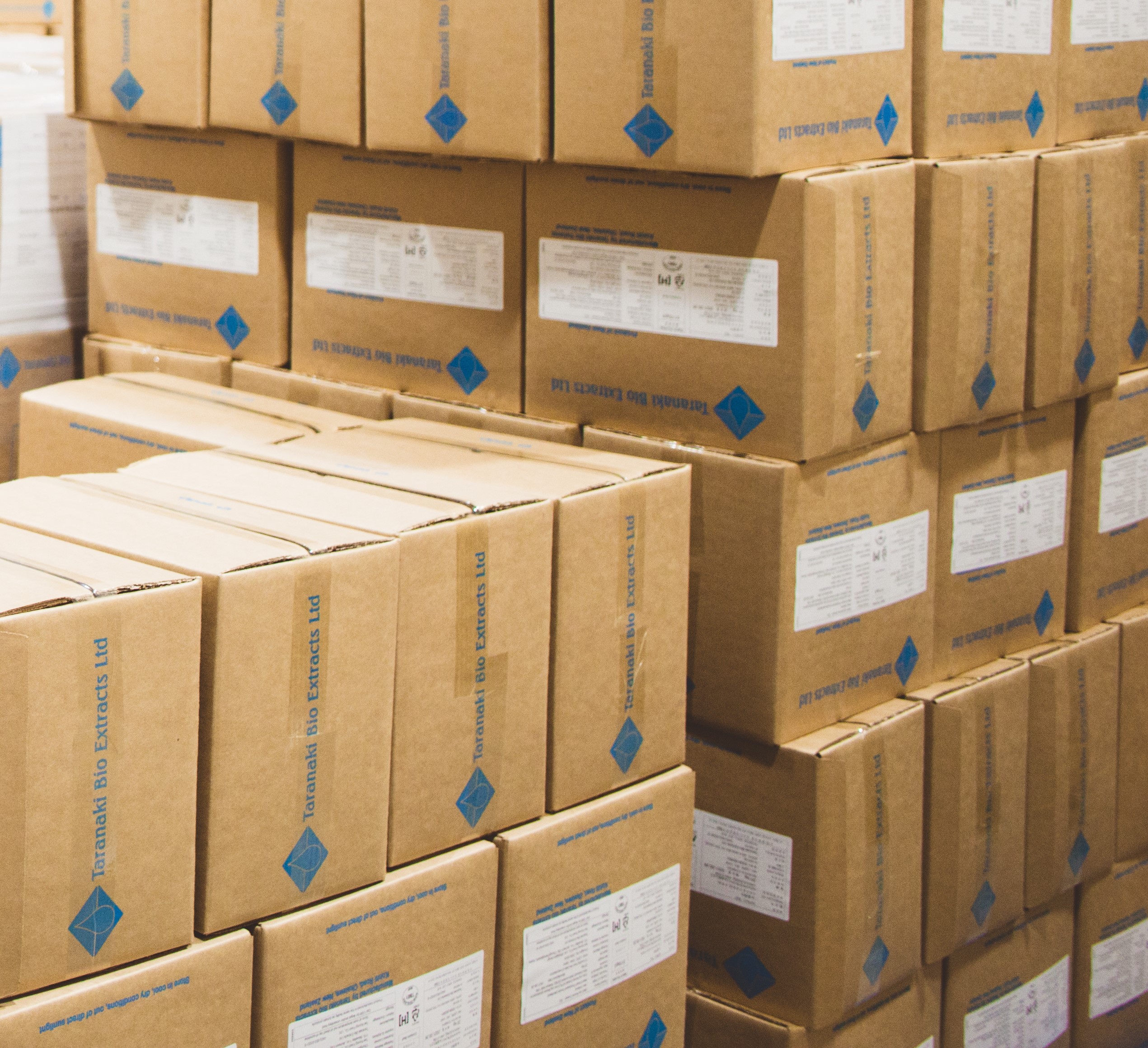Some Easy Steps . . .
Most immediately we realised that as an industrial packaging consumer you should pay close attention to where packaging components go when your customers have finished with them. Considerations like coatings, printing methods, and combining multiple materials play a part in how easy it is to sustainably dispose of your industrial packaging. End users need to be unmistakably clear on what to do with your packaging when they’re done with it. We identified some simple and immediate actions we could take in this respect:
- Advising our customers what they can do with our packaging when they’re finished with it. While the cardboard box component of our bag-in-a-box packaging is 100% biodegradable and recyclable, we’ve decided to make it clear what to do with this, and the remaining plastic components. A simple message printed on the outside of the box will encourage recycling and highlight the relevant plastics code. Additional mention will be made on the Certificate of Analysis with each shipment.
- FAQ/ Website Sustainability Page – We will also create an FAQ and/ or message on our sustainability page detailing recommended packaging disposal for our various packaging components.
A Sustainable Packaging Strategy . . .
Because we are exporting beef-based food ingredients from New Zealand around the globe, we have to balance practical considerations when making packaging choices. Our transport time to customers is generally longer than for most other countries so our products need to be kept fresh and plastics plays their part. Protecting our product from damage in the supply chain, during storage, or when shipping is vital to our productivity and profit – when our products arrive in prime condition, our customers gain confidence in our brand.
Similarly, we understand that sustainability in the choice and use of our industrial packaging supplies can strengthen our brand, by demonstrating our care and commitment for the wellbeing of both community and environment. That’s why we’ve decided to develop a sustainable packaging strategy. This will provide a framework for our packaging decisions and aim to reduce any negative environmental and social impacts of our industrial packaging.
Our review has provided a good understanding of where we are with our existing packaging portfolio. Over the next 12 months we plan to build on this foundation by:
- Gaining a clear understanding of the context surrounding our packaging needs – this includes assessing the lifecycle of packaging material options, and the availability of waste and recycling infrastructure in our export markets.
- Defining the scope of our strategy – which packaging materials will be in scope e.g. all packaging components or just plastics? Which countries will the strategy cover?
- Setting some sustainable packaging targets – We’ll consider reducing packaging weight, increasing recycled content, and improving the percentage of packaging that is recyclable.
- Sharing the progress towards our targets.
The New Zealand Plastic Packaging Declaration . . .
As a New Zealand business, we are also considering our options towards the New Zealand Plastic Packaging Declaration – This is a commitment any New Zealand business can make towards using 100% reusable, recyclable or compostable packaging by 2025 or earlier. The declaration followed the Ellen MacArthur Foundation’s Global Commitment, a global plastic packaging declaration made by a number of international corporations to start building a circular economy for plastic.
The New Zealand declaration is an independent initiative aligned with this Global Commitment. In New Zealand the Sustainable Business Network and the New Zealand Government (via Ministry for the Environment) are signatories to the Ellen MacArthur Foundation’s – New Plastics Economy Global Commitment.
In developing a sustainable packaging strategy, we’re considering some key elements of this declaration to guide us.
Ends.
